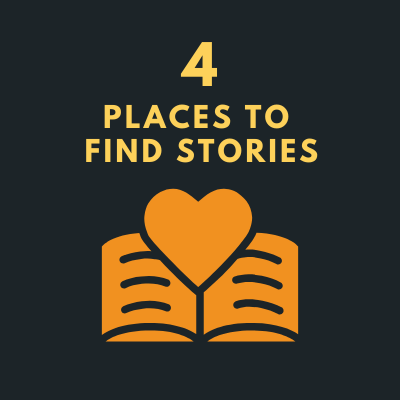Imagine this: You’re on stage, telling a story about your wild past. You say:
I’m lying in wet grass behind a cow barn. I just vandalized a property. Two angry men are hunting me down. My heart is pounding. I’m thinking, ‘I’m a mom of two. What am I doing here?
Sounds thrilling, right? You’re using present tense to make your audience feel like they’re there with you.
But what if you said:
I was lying in wet grass behind a barn. I had vandalized a property. Two angry men were hunting me down. My heart was pounding. I was thinking, ‘I was a mom of two. What was I doing there?
Not so exciting, huh? You’re using past tense to distance your audience from your story.
Why Tense Matters in Storytelling
Tense is the verb form that shows when something happens: past, present, or future.
Tense can affect how your audience feels about your story. Here are two tips to help you choose the right tense for your stories:
🔥 Use present tense to create urgency and excitement. Present tense makes your story feel like it’s happening right now. It draws your audience in and makes them feel the emotions you felt.
🧊 Use past tense to create calmness and detachment. Past tense makes your story feel like it’s over and done with. It gives your audience some space and lets them observe your story from a safe distance.
How to Choose the Right Tense for Your Stories
There’s no hard and fast rule for choosing the tense of your stories. It depends on your purpose, your audience, and your style.
But here are some questions to help you decide:
- Do you want to make your audience feel like they’re part of your story or just watching it?
- Do you want to make your audience feel more or less emotional?
- Do you want to make your story sound more or less realistic?
Experiment with different tenses and see how they affect your stories. You might be surprised by how much difference a verb can make!
Laura Bergells teaches public speaking and business communication classes and workshops. Hire Laura!
Take Laura’s communications and public speaking classes at LinkedIn Learning – Free to LinkedIn Premium Members!









